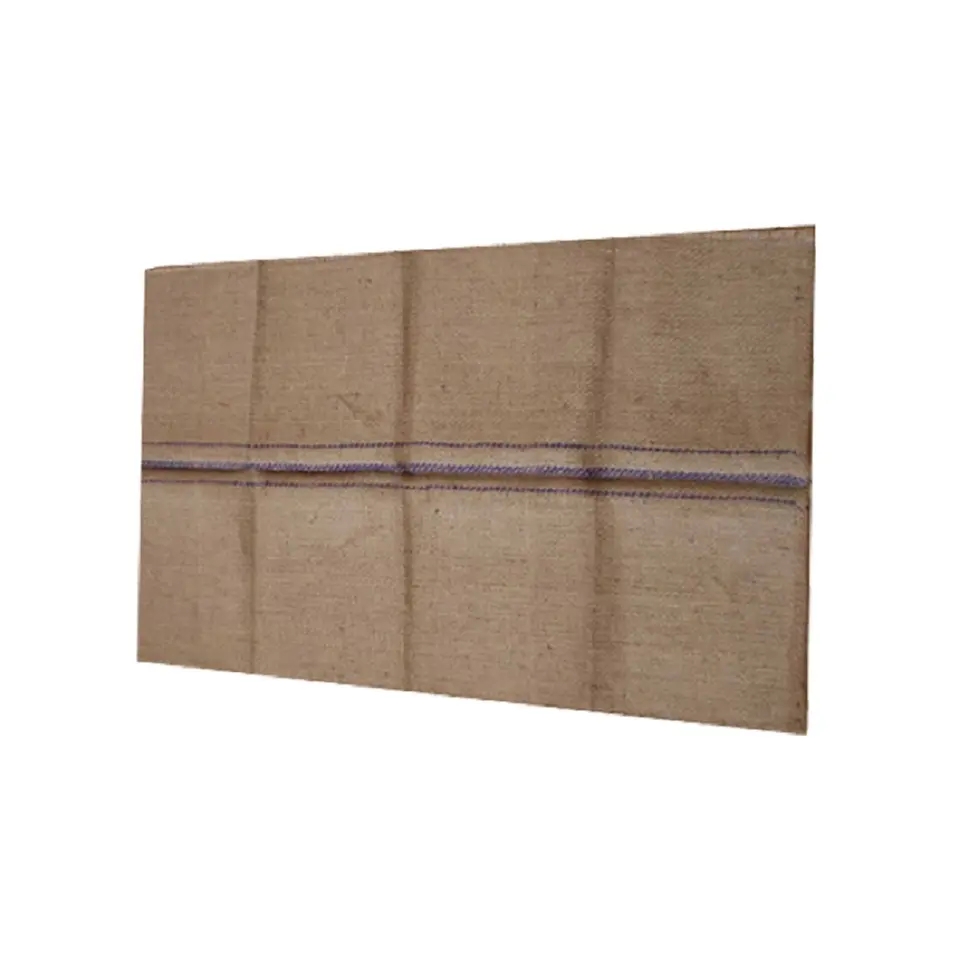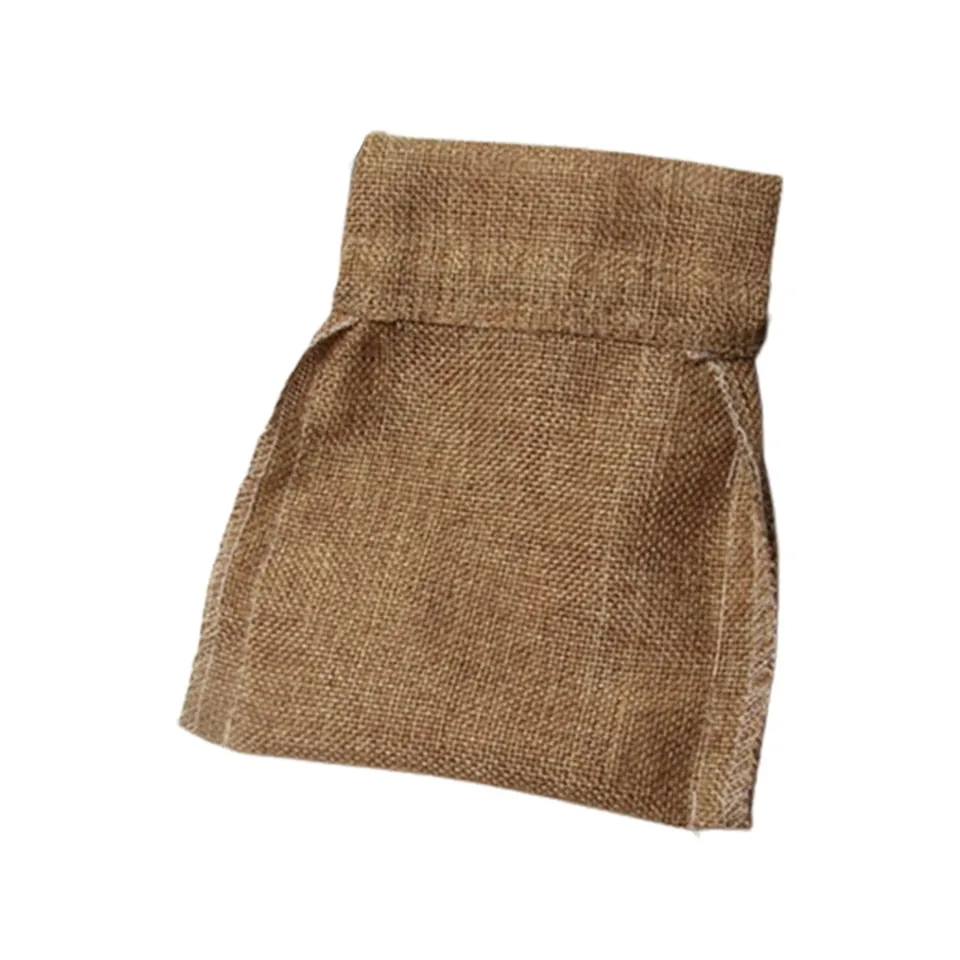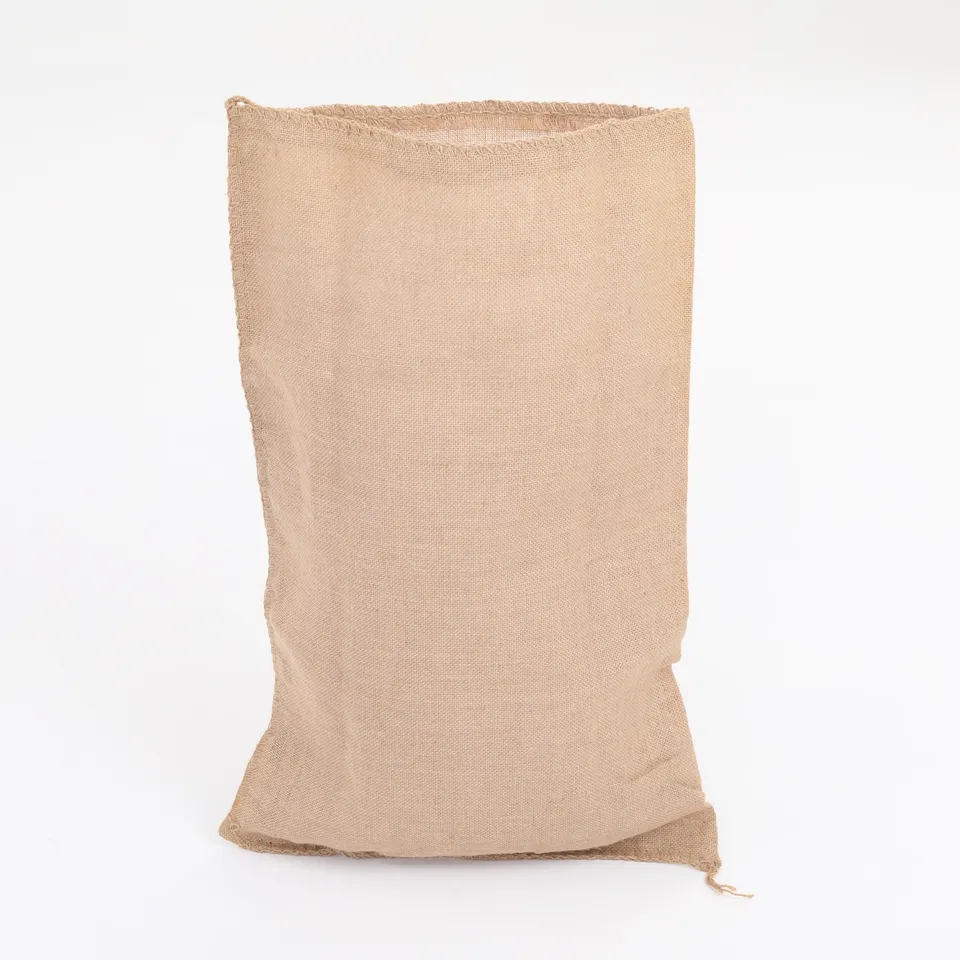Introduction
In a world where environmental concerns are at the forefront, the importance of sustainable packaging cannot be overstated. Jute sacks, with their unique properties and versatility, have emerged as a frontrunner in the realm of eco-friendly packaging solutions. This article delves deeper into the benefits, applications, and eco-conscious advantages of jute sacks in modern packaging.
1. Unveiling Jute Sacks
Jute sacks, hailing from the natural fibers of the jute plant, possess a distinct charm owing to their rustic appearance and remarkable strength. These bags are woven with precision, creating a robust and flexible packaging option that has found its place across diverse industries.
2. Eclectic Applications
2.1 Agricultural Guardians Jute sacks have earned their place as guardians of agricultural produce. With a knack for breathability, these sacks facilitate optimal air circulation, keeping stored crops like grains, fruits, and vegetables fresh and free from moisture-induced damage.
2.2 Fashionable Sustainability Beyond the realms of agriculture, jute sacks have become a symbol of fashionably sustainable packaging. Retailers now opt for jute sacks to present products with an organic, environmentally conscious appeal that resonates with conscientious consumers.
2.3 Artful Branding Jute sacks offer an innovative canvas for branding. Companies can showcase their logos and messages on these textured surfaces, aligning their brand with eco-responsibility and garnering admiration from an increasingly green-minded audience.
3. Green Advantages
3.1 Biodegradability Jute sacks are a gift to the environment, being biodegradable and compostable. Unlike synthetic materials that clog landfills, jute sacks return to the earth naturally, reducing long-term ecological impact.
3.2 Low Carbon Footprint The production of jute sacks consumes less energy compared to plastic alternatives, contributing to a smaller carbon footprint. This aligns with the global push for minimizing emissions and combatting climate change.
3.3 Regenerative Crop Jute, the source of these sacks, is a regenerative crop that enriches soil fertility, positively impacting the land it grows on. This makes jute sacks a sustainable choice from cultivation to disposal.
3.4 Circular Economy Jute sacks effortlessly slot into the circular economy model. After their intended use, these sacks can be repurposed for various creative endeavors, ensuring a prolonged lifespan beyond packaging.
4. Embracing Responsibility
As environmentally conscious consumers seek products and brands that share their values, businesses incorporating jute sacks into their packaging strategies are poised to win. By making this eco-friendly choice, companies showcase their commitment to a greener planet and foster brand loyalty among like-minded consumers.
5. Conclusion
Jute sacks have transcended their humble origins to become champions of sustainable packaging. With a balance of strength, aesthetics, and environmental mindfulness, these sacks represent an opportunity for businesses to align with eco-conscious practices. In a world that seeks harmony between progress and preservation, jute sacks stand as a symbol of responsible innovation, pointing the way towards a future where packaging and sustainability coexist harmoniously.



